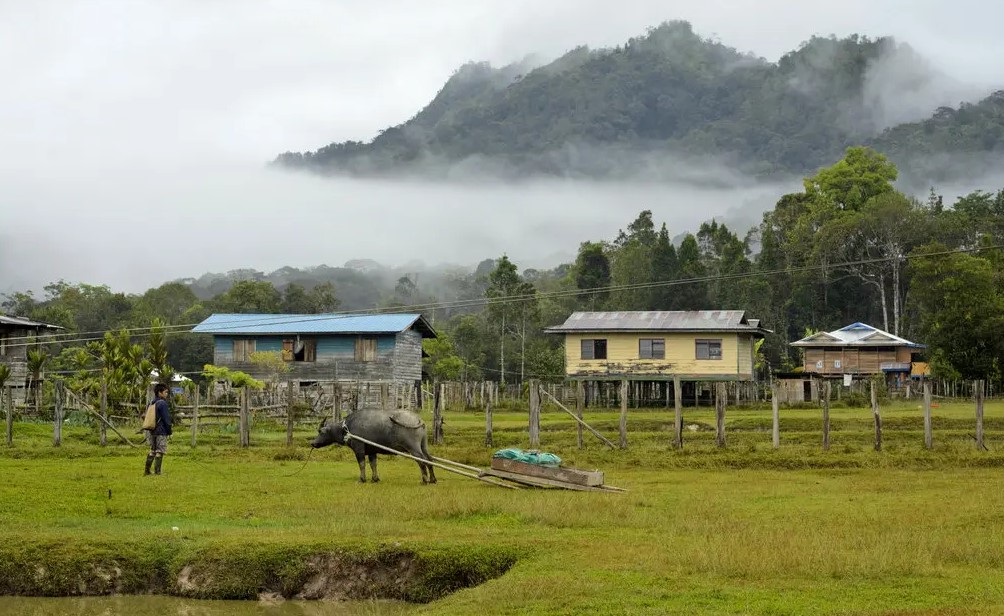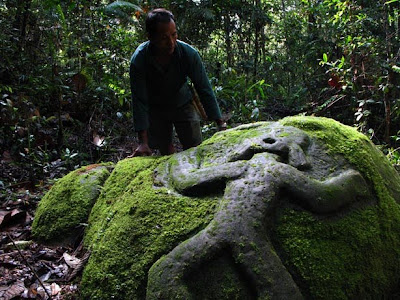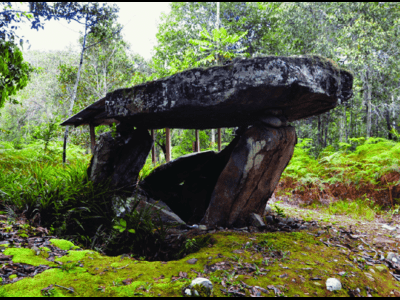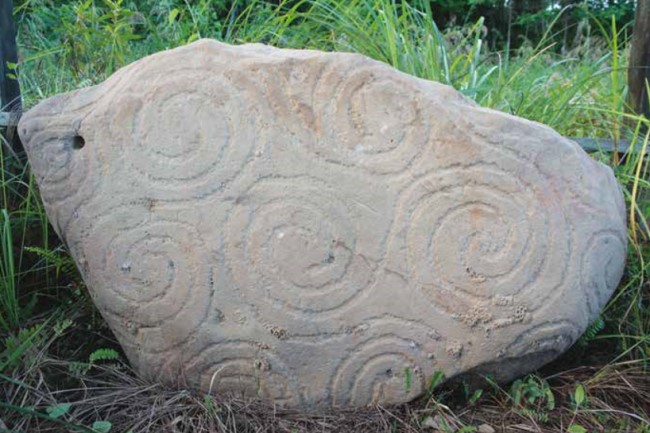by: Prof DR Poline Bala

In response to UNESCO World Heritage Convention and Sustainable development goals (SDG) 11.4 to preserve legacies of human culture from the past, safeguarding agencies and research communities have integrated modern technologies such as web technologies, digital devices, GIS cartography into cultural heritage domain for effective management. Essentially, digital frameworks have emerged to become a vital model for cultural heritage preservation. This is in the face of a worldwide rapid development and landscape changes. However, despite increased global recognition of indigenous communities’ capacities to manage the fragility of their own cultural heritage from human and non-human threats such as climate change, little attention is given to their place-based knowledge, skills and experiences within the expanding digital-based framework for cultural heritage preservation.
Turning to cultural and archaeological sites in the Kelabit Highlands as a testbed, the novel response to the “missing link” is the formulation of a digital heritage geoportal model to weave scientific knowledge into localised indigenous perceptions of place in order to mutually reinforce heritage awareness and preservation. As optimism for scientific knowledge to drive the economic growth of our nation is on the rise, it is imperative to ensure that traditional knowledge remains undamaged. Building on the principles of participative, trans-disciplinary and trans-cultural interactions, the pioneering methodological model will repurpose GIS to cater indigenous communities’ oral-based knowledge expressions and place-based structured knowledge.
The endeavor is expected to identify protocols and framework for successful collaboration between the two paradigms. As a catalyst towards an integrated framework to preserve and manage cultural heritage, the model is expected to concurrently shed insights into how scientific knowledge can be weaved into traditional knowledge and to digitally preserves snapshots of the past to aid communities to link themselves as an integral part of a heritage landscape and a high-value ecosystem.
Cultural and Archaeological Monuments of the Kelabit Highlands



1) To formulate a geoportal in order to assimilate two knowledge paradigms about the existing cultural monuments and archaeological sites. These are the specialist knowledge of anthropological, archaeological and environmental science acquired through fieldworks on cultural and archaeological sites and distinct localized indigenous knowledge of the same sites.
2) To identify and document protocols and trans cultural interaction which guide collaborations for transfer of academic knowledge gained from archaeological fieldwork and environmental science about the history of the highlands, of human occupation of the rainforest without displacing the position nor disintegrating the integrity of existing local indigenous knowledge.
3) To digitally integrate the knowledge of the past through a GIS-based framework to increase local awareness, interest and understanding about significance and value of existing cultural heritage and sites. This is so that the community will be able to through digital technologies preserve, protect and promote their cultural and natural heritage for their economic and socio-cultural benefit. For instance, for eco-tourism and educational products
4) To enable the development of good practices of a community-based Cultural Heritage Management Plan for the Kelabit Highlands of Sarawak. This is to support better-decision making and inform policy makers of good practice regarding cultural heritage during planned economic developments in the area.
It employs multidisciplinary, collaborative and participative approaches. The multidisciplinary team includes the fields of anthropology, archaeology, geographer/geographic information system, and computer science and knowledge engineering sciences. In addition, it is collaborative with knowledge experts in anthropology, archaeology and environmental science who have carried out fieldwork in the Kelabit Highlands. Also, it is participative because local communities have been engaged in the design, planning and implementation of the project.
Potential Applications of the Research Findings
2)Digital Educational Resource Packs concerning the archaeology and cultural landscape of the Kelabit Highlands.


